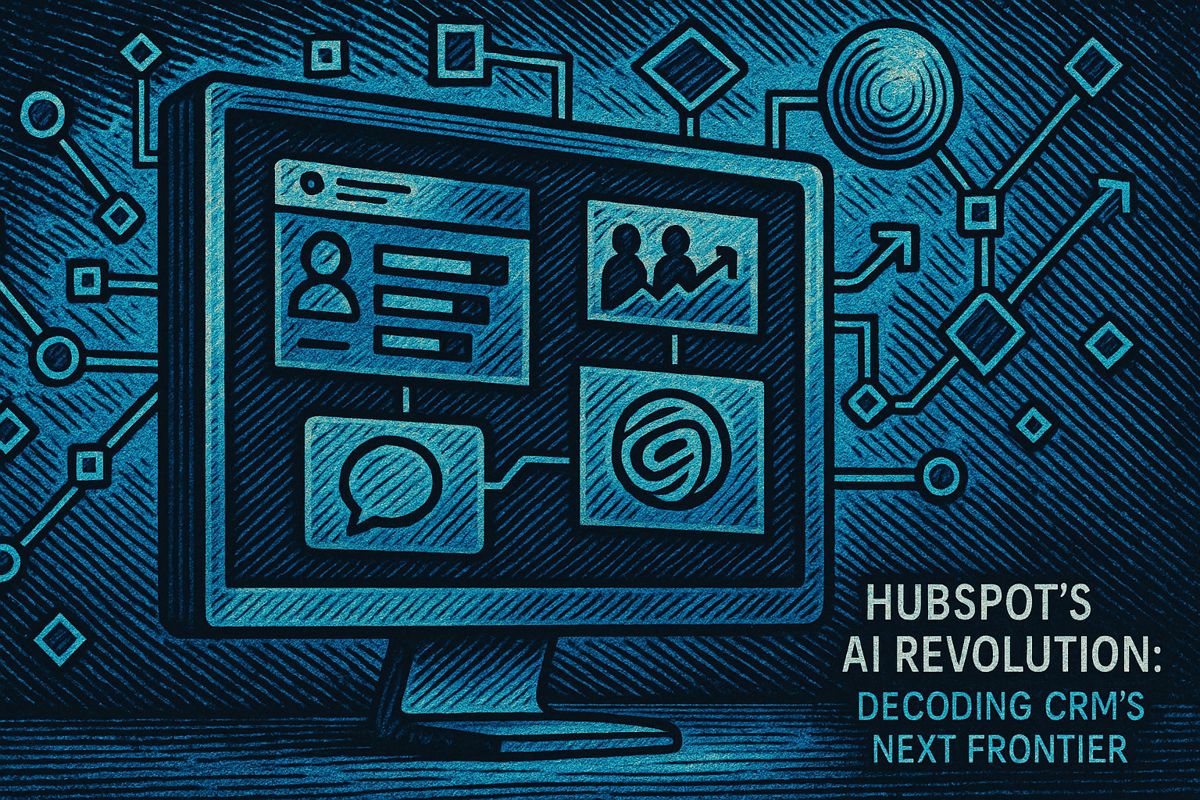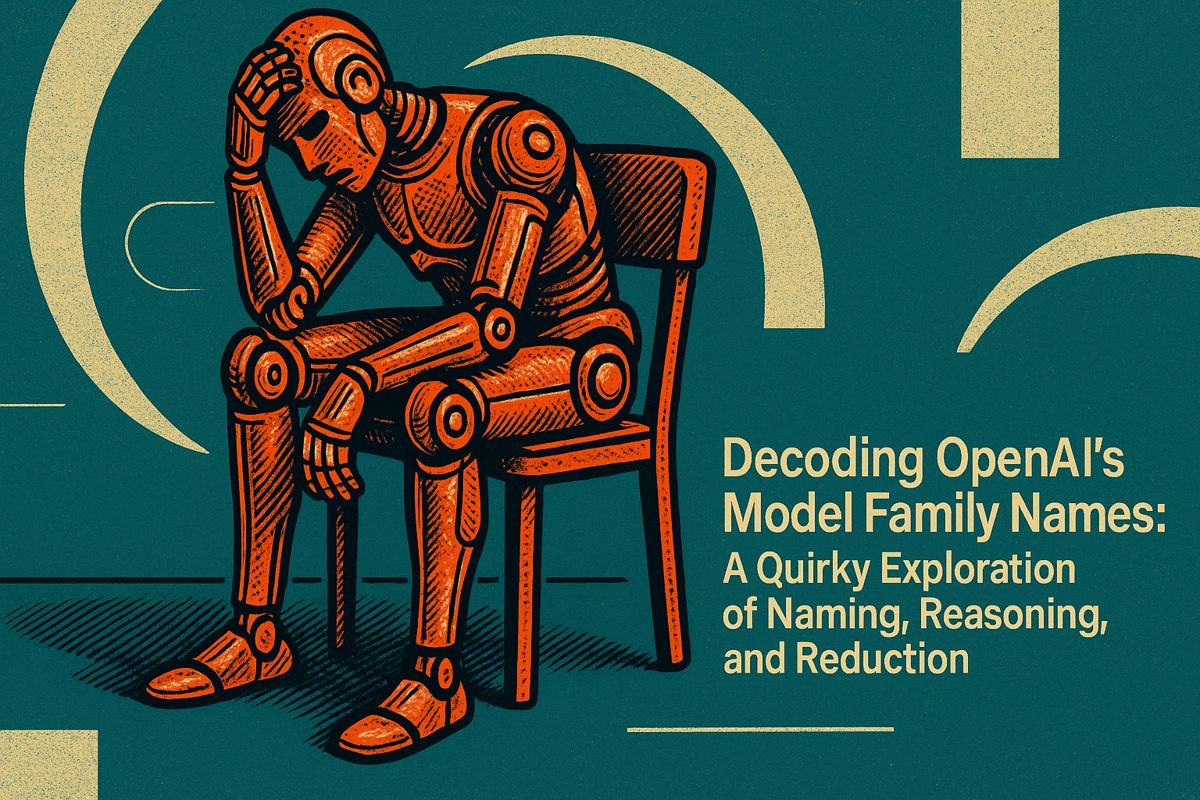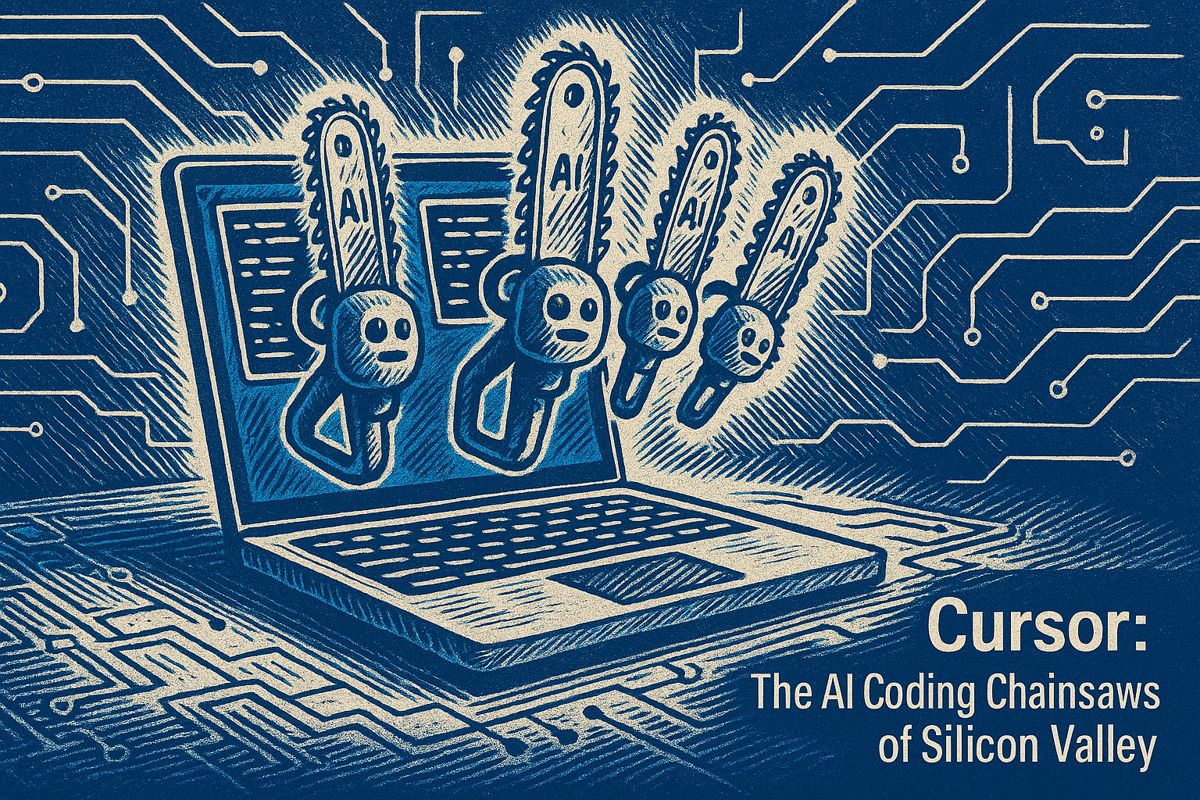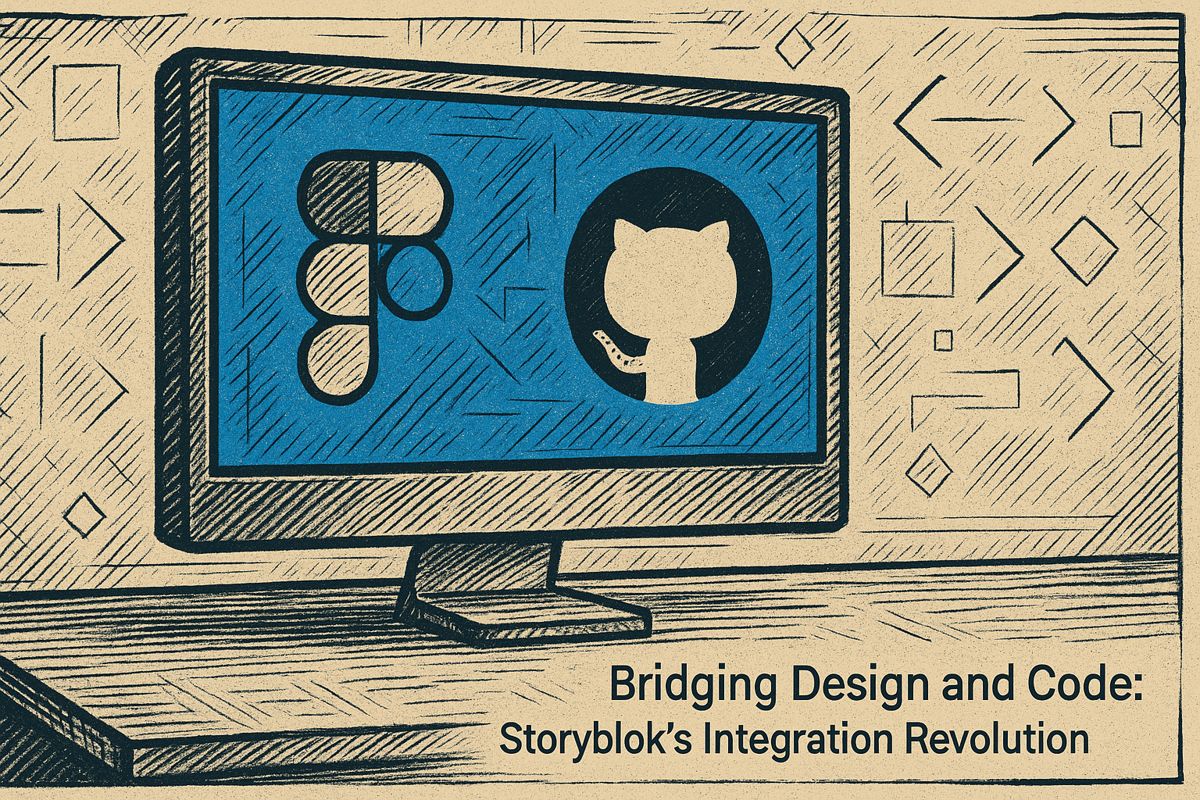Here’s the text with the most important phrase emphasized in markdown bold:
HubSpot’s Deep Research Connector is a groundbreaking AI tool that connects CRM data with ChatGPT, allowing users to ask natural language questions about their business insights. The tool democratizes data analysis across teams, enabling anyone to extract complex information without technical skills or extensive spreadsheet knowledge. By integrating seamlessly with existing permissions and ensuring data security, the connector transforms how businesses interact with their data, making insights more accessible and actionable. The technology represents a significant shift from traditional data analysis methods, offering a user-friendly approach that can help small businesses and large enterprises alike. With this innovation, HubSpot is positioning itself at the forefront of AI-driven business intelligence, making data exploration simpler and more intuitive.
What is HubSpot’s Deep Research Connector for ChatGPT?
HubSpot’s Deep Research Connector is an innovative AI tool that bridges CRM data with ChatGPT, allowing users to ask natural language questions about their business data, access insights securely, and democratize data analysis across sales, marketing, and service teams.
Memory Lane: From Stale Coffee to Seamless AI
There’s a peculiar nostalgia in seeing HubSpot’s “Deep Research Connector” for ChatGPT splashed across headlines. I can almost smell the bitter tang of a mug left forgotten beside my keyboard, back when CRM exports meant hours hunched over Excel, eyes blurring and patience evaporating. Have you ever tried to untangle customer engagement patterns at 2am, armed with nothing but formulas and sheer willpower? Looking back, the process feels almost Paleolithic – and I’ll admit, there’s a tinge of embarrassment there.
Sara, one of my colleagues and a veritable maestro of segmentation, comes to mind. She’d spend entire afternoons – sometimes entire weekends, in fact – wrangling CSVs to answer deceptively simple sales questions. “Who are our top upsell candidates?” The ritual was always the same: a deep sigh, a sardonic smile, and an “It’s about time!” whenever I joked about AI taking over. If only she’d had tools like this new connector; she’d have traded her VLOOKUPs for victory laps.
Why does that memory sting? Maybe I’m just envious – or maybe I’m relieved. The world HubSpot’s building looks very different from the spreadsheet graveyards of yesteryear.
What’s Actually New: The Anatomy of the Connector
Let’s not skate past the specifics – after all, the devil (and the delight) is in the details. HubSpot’s Deep Research Connector isn’t just another API bolt-on. It’s the first of its kind: a bridge between CRM data and ChatGPT, letting users ask questions in plain English and get answers without ever dusting off their SQL. I had to double-check: yes, the first. Turns out, 75% of HubSpot customers are already dabbling with ChatGPT, so this is less a moonshot, more a logical next step.
Data security? Handled. The connector respects existing user permissions – no more cold sweats at the thought of someone pulling the wrong report. And for those (like me) who’ve worried about their sensitive data fattening some distant AI model, HubSpot has confirmed that no customer data from connector users gets siphoned off for training. That’s a relief.
It’s not just for marketing, either. Sales, service, support – all can slice and dice data without wrangling arcane syntax. I can picture a small business owner, maybe someone who’s never laid eyes on a pivot table, typing “Which accounts are trending toward churn this quarter?” and actually getting an answer. It’s like putting a Formula 1 engine in a family sedan – exhilarating, a bit intimidating, and probably overdue.
Under the Hood: Democratization and the Human Factor
What caught my eye – and, truthfully, sparked a flicker of envy – is the democratizing force at play. No more enterprise-only paywalls; anyone with a ChatGPT Team, Enterprise, or Edu plan is in. HubSpot isn’t just chasing AI trends: by partnering with OpenAI (and quoting the likes of Nate Gonzalez, who claims businesses can now reap “faster, better insights”), they’re trying to steer the whole CRM conversation. I wonder if we’re witnessing a paradigm shift or just another flash in the technological pan. Time will tell.
But here’s the real kicker: actionable insight isn’t a luxury anymore. For so long, data sat gathering virtual dust – like a library where the books were all locked behind glass. Now, the shelves are swinging open. I remember botching a customer segmentation once, misreading the data, and nearly steering a campaign straight into the rocks. If I’d had this kind of context-rich AI, maybe I’d have slept better that month. Lesson learned: more tools, fewer nightmares.
The whole thing feels strangely tactile. I can almost hear the clickety-clack of keystrokes being replaced by the gentle thrum of AI thinking in the background. There’s relief, yes, but also a nervous excitement.
The Road Ahead: Opportunity, Hesitation, and a Dash of Skepticism
Of course, a part of me wonders: are we moving too fast? Sometimes it feels like we’re tumbling down a rabbit hole lined with APIs and automations. But for every overhyped widget, there’s a tool that genuinely shifts the ground beneath us. I see echoes of this everywhere – even in my own patchwork approach to project management, where AI tools now stitch together what my tired brain can’t.
HubSpot’s move isn’t just about convenience; it’s about transforming the attic of forgotten data into a living, breathing engine for growth. For small businesses in particular, it’s a lifeline, not a lollipop. And yet… I still flinch, thinking of those old Excel days. Progress can be exhilarating, but it’s rarely comfortable.
Here’s the upshot: if you’re still waging war with spreadsheets, maybe it’s time to let the machines carry a bit of the load. The rest of us? We’ll be savoring hot coffee, not just survival. Maybe that’s what real innovation tastes like.



















